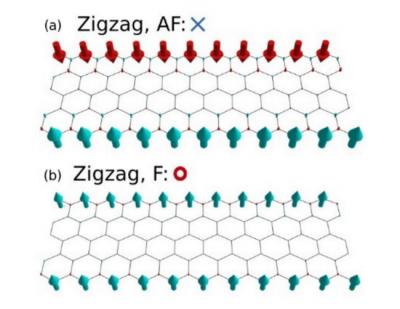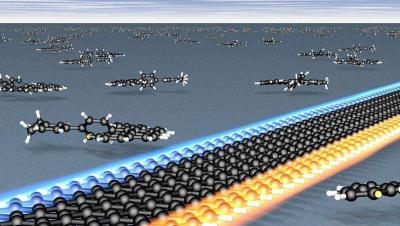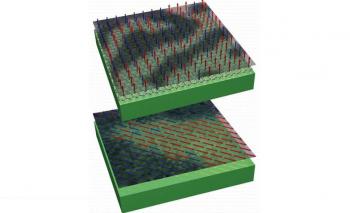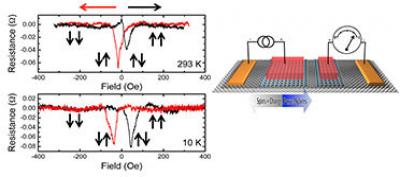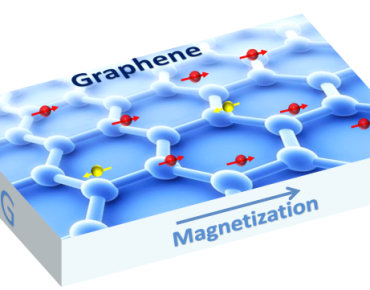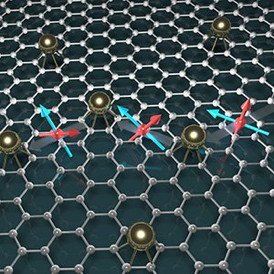NRL researchers produce spin-filtering at room temperature
Researchers from the US Naval Research Laboratory (NRL) demonstrated metallic spin filtering at room temperatures, using a ferromagnet-graphene-ferromagnet thin film junction device.
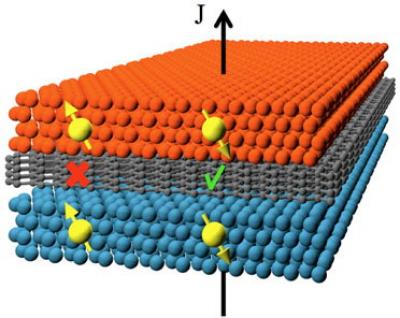
Spin filtering has been theoretically predicted, and previously seen only for high-resistance structures at cryogenic temperatures. This is the first time that someone demonstrated the effect in room temperatures, and with very low resistance in arrays of multiple devices.
